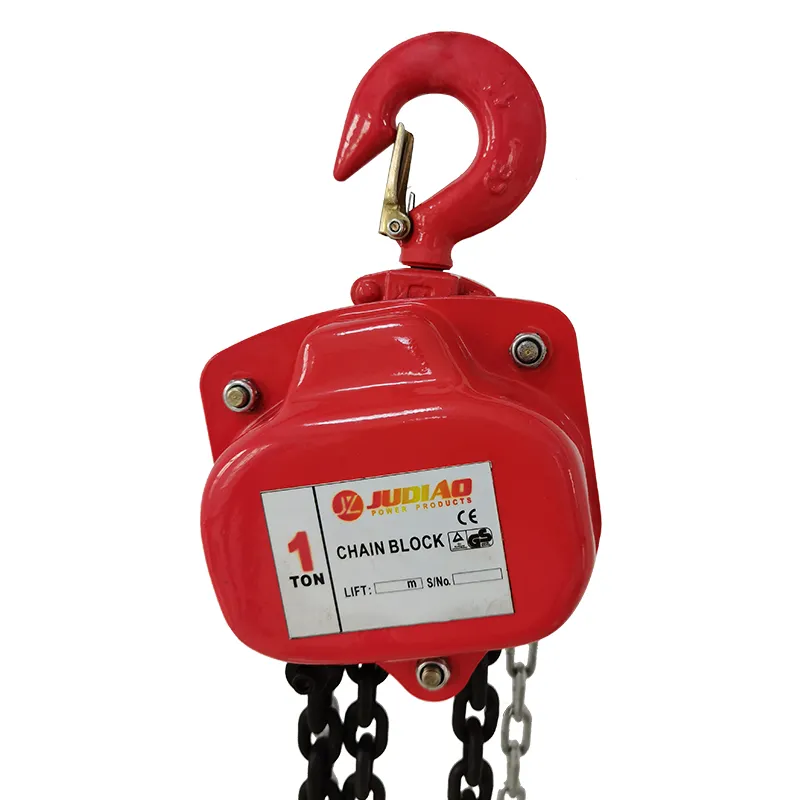


Understanding Fall Arresters Essential Safety Devices in Today’s Workplaces
In various industries, particularly construction, maintenance, and other sectors where working at heights is commonplace, safety is paramount. One crucial component of workplace safety is the fall arrester, a device designed to prevent workers from falling or to arrest a fall that is already in progress. This article delves into the significance, types, and proper use of fall arresters, highlighting their role in ensuring worker safety.
The Importance of Fall Arrest Systems
Falls from heights remain one of the leading causes of workplace injuries and fatalities. According to the Occupational Safety and Health Administration (OSHA), falls account for a significant percentage of workplace accidents. Consequently, implementing effective fall protection systems, including fall arresters, is not merely a regulatory requirement but an ethical obligation to protect workers. These devices are engineered to minimize the risks associated with vertical work, allowing employees to perform their tasks with greater confidence and security.
Types of Fall Arrest Systems
Fall arrest systems can be categorized into several types based on their design and functionality. Understanding these types is essential for selecting the right system for specific applications.
1. Personal Fall Arrest Systems (PFAS) These are individual systems typically consisting of a full-body harness, a lanyard, and an anchorage point. The harness distributes fall forces across the body, minimizing injury risk. A lanyard connects the harness to an anchorage point, which is a secure point designed to withstand fall forces.
2. Vertical Lifelines This system involves a cable or rope secured vertically that allows workers to climb without the risk of falling. A descending device attaches to the lifeline, sliding up and down with the worker but locking in place if a fall occurs.
3. Horizontal Lifelines Similar to vertical systems, horizontal lifelines are anchored across distances and enable workers to move freely along a line while being protected from falls.
4. Guardrails and Safety Nets While not traditional fall arresters, guardrails and safety nets are passive systems that can prevent falls from occurring in the first place. They are essential in scenarios where personal fall arrest systems are impractical.

5. Retractable Lifelines These offer the benefits of both lanyards and vertical lifelines, utilizing a spring-loaded mechanism that retracts to minimize slack. In the event of a fall, the device locks quickly, significantly reducing fall distance.
Proper Use and Training
Even the most sophisticated fall arrest systems can only provide safety if used correctly. Training is crucial for workers who operate in heights. Organizations must emphasize proper training on how to choose, use, and maintain fall arrest devices. Here are some vital training components
- Selection of Equipment Workers should be trained to select the appropriate fall arrest system according to the specific hazards of their work environment.
- Inspection Procedures Regular inspections of fall arrest systems are necessary to ensure they are in good condition. Training should include identifying potential wear and tear, such as frayed ropes or damaged harnesses.
- Anchorage Properly securing anchorage points is critical. Workers must understand the load-bearing capacity of anchorage points and how to verify their strength.
- Rescue Plans In the event of a fall, a rescue plan is essential. Workers should be trained on how to execute a rescue swiftly to minimize the time a fallen worker spends suspended in a harness, which can lead to serious injury.
Conclusion
Fall arresters are indispensable in enhancing workplace safety for workers operating at heights. Their various forms and the importance of proper use make them indispensable tools in the fight against workplace accidents. As industries continue to evolve, staying informed about the latest safety equipment and best practices is essential. Investing in training and high-quality fall arrest systems is not just a regulatory compliance measure, but a commitment to the welfare and safety of all workers. In this way, businesses can create safer working environments, fostering both productivity and employee morale while significantly reducing the risk of falls. Ensuring safety in high-risk work environments is not just about compliance; it embodies a culture of care and responsibility towards the workforce.



